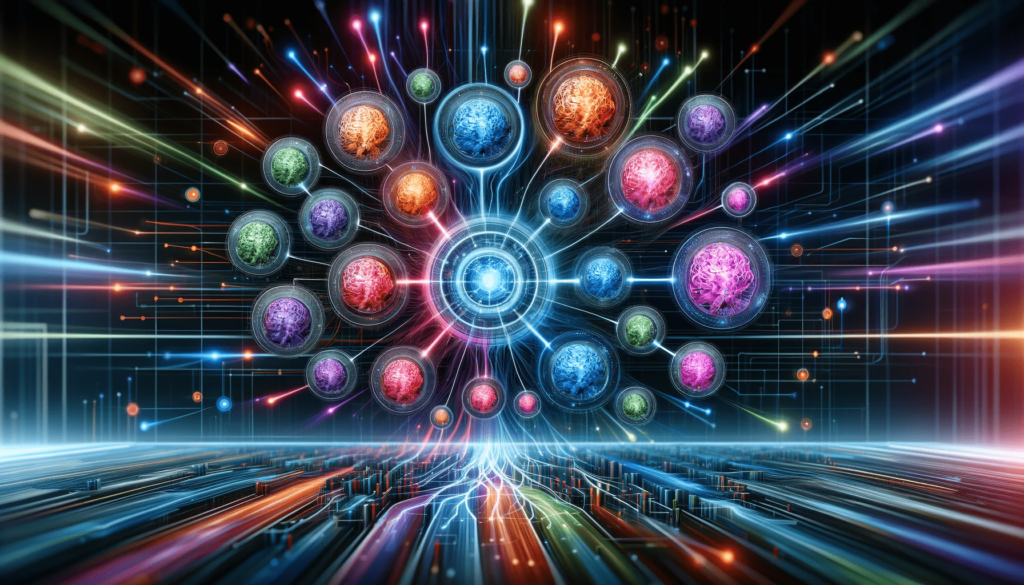
The world of artificial intelligence is witnessing a paradigm shift with the emergence of the Mixture of Experts (MoE) model, a cutting-edge machine learning architecture. This innovative approach leverages the power of multiple specialized models, each adept at handling different segments of the data spectrum, to tackle complex problems more efficiently than ever before.
1. The Ensemble of Specialized Models: At the heart of the MoE model lies the concept of multiple expert models. Each expert, typically a neural network, is meticulously trained to excel in a specific subset of data. This structure mirrors a team of specialists, where each member brings their unique expertise to solve intricate problems.
2. The Strategic Gating Network: An integral part of this architecture is the gating network. This network acts as a strategic allocator, determining the contribution level of each expert for a given input. It assigns weights to their outputs, identifying which experts are most relevant for a particular case.
3. Synchronized Training: A pivotal phase in the MoE model is the training period, where the expert networks and the gating network are trained in tandem. The gating network masters the art of distributing input data to the most suitable experts, while the experts fine-tune their skills for their designated data subsets.
4. Unmatched Advantages: The MoE model shines in scenarios where the input space exhibits diverse characteristics. By segmenting the problem, it demonstrates exceptional efficiency in handling complex, high-dimensional data, outperforming traditional monolithic models.
5. Scalability and Parallel Processing: Tailor-made for parallel processing, MoE architectures excel in scalability. Each expert can be independently trained on different data segments, making the model highly efficient for extensive datasets.
6. Diverse Applications: The practicality of MoE models is evident across various domains, including language modeling, image recognition, and recommendation systems. These fields often require specialized handling for different data types, a task perfectly suited for the MoE approach.
In essence, the Mixture of Experts model signifies a significant leap in machine learning. By combining the strengths of specialized models, it offers a more effective solution for complex tasks, marking a shift towards more modular and adaptable AI architectures.
